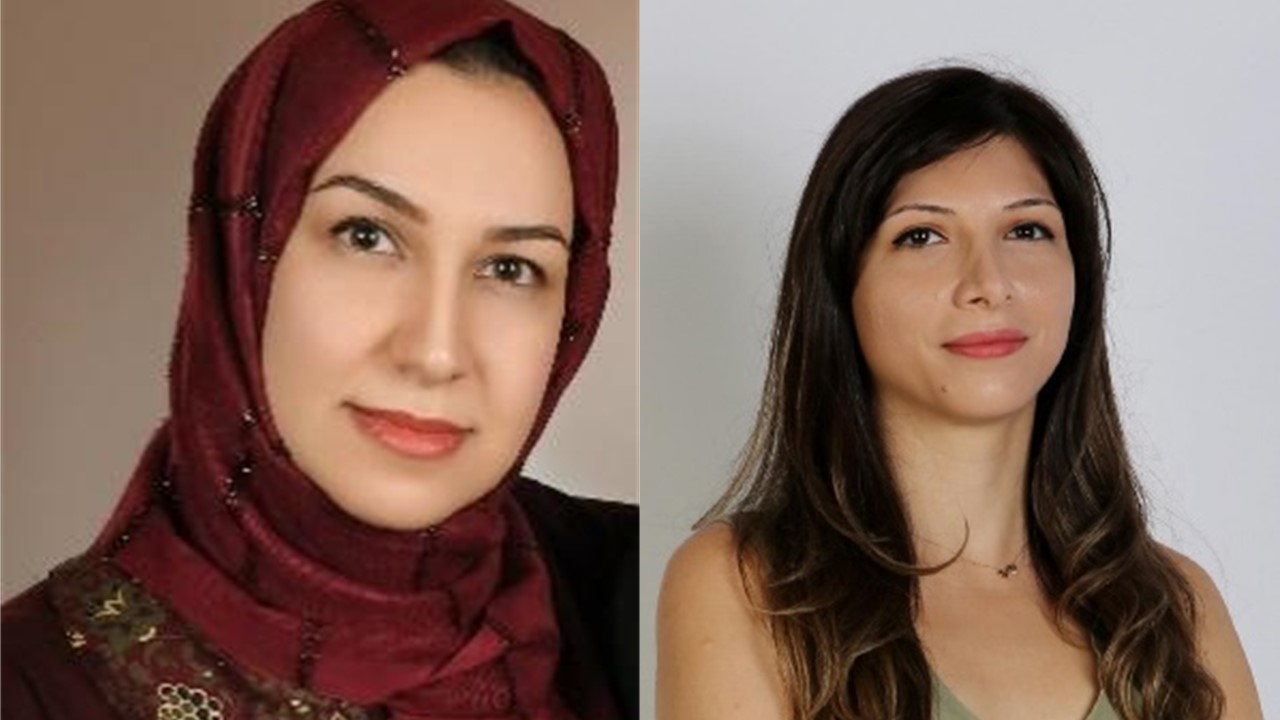
Nanotechnology deals with design, characterization and production of structures at the nano-scale. It has a broad application in different scientific sectors encompassing engineering, the automotive industry, renewable energy generation, tissue engineering and information technology. Nano-mechanics is one of the essential sub-fields of nanotechnology, focusing on the mechanical evaluation of nano-structures and nano-systems. In nano-mechanics, besides the experimental efforts, which may be formidable and expensive, there are three main approaches: (1) continuum modelling, (2) atomistic modelling, generally admitted as numerical experiments and (3) multi-scale modelling, which hybridizes the accuracy of atomistic simulation and efficiency of continuum description. In this course, first, a general overview of nano-mechanics and modelling approaches at nano-scale will be provided. The second part will present an introduction to the molecular dynamics (MD) simulations as an atomistic modelling technique. In the third part, the attendees will be acquainted with the implementation of MD in Large-scale Atomic/Molecular Massively Parallel Simulator (LAMMPS) open-source software.
9-10-11 novembre 2022 - 10:00-13:00
Outlines:
1. Nano-Mechanics
1.1. Introduction
1.2. Application in structural and mechanical practices
2. Modeling at Nanoscales:
2.1. Continuum (Classical and Non-Classical Theories)
2.2. Atomistic Simulation
2.3. Multi-Scale Modeling
3. Introduction to Molecular Dynamics
3.1. General Scheme
3.2. Interatomic Potentials and Forcefields
3.3. Minimization of potential energy
3.4. Integration Algorithm
3.5. Simulation Techniques (Boundary conditions, Minimum image interaction, Cut-off radius, Neighbor list)
3.6. Temperature and Pressure controllers
4. LAMMPS and VMD Open source software
4.1. Script format
4.2. Initial configuration
4.3. Running a simulation
4.4. Data Analysis and Visualization
Worked Examples:
4.5. Tensile Loading in Carbon nanotube
4.6. Crack propagation in a 2D plate
4.7. Nano-indentation of Gold with Diamond
4.8. Elastic modulus of Polymer nanocomposites
4.9. Interaction of gold particle and cellular membrane